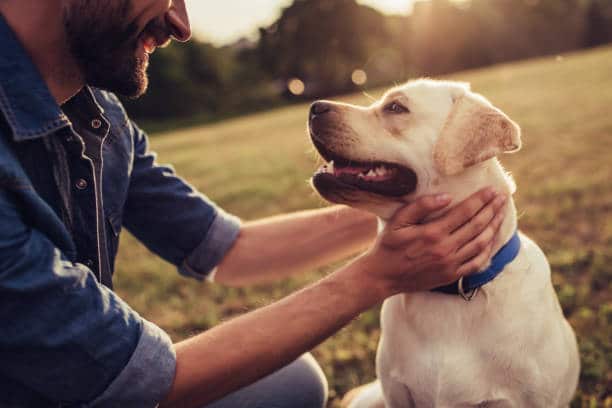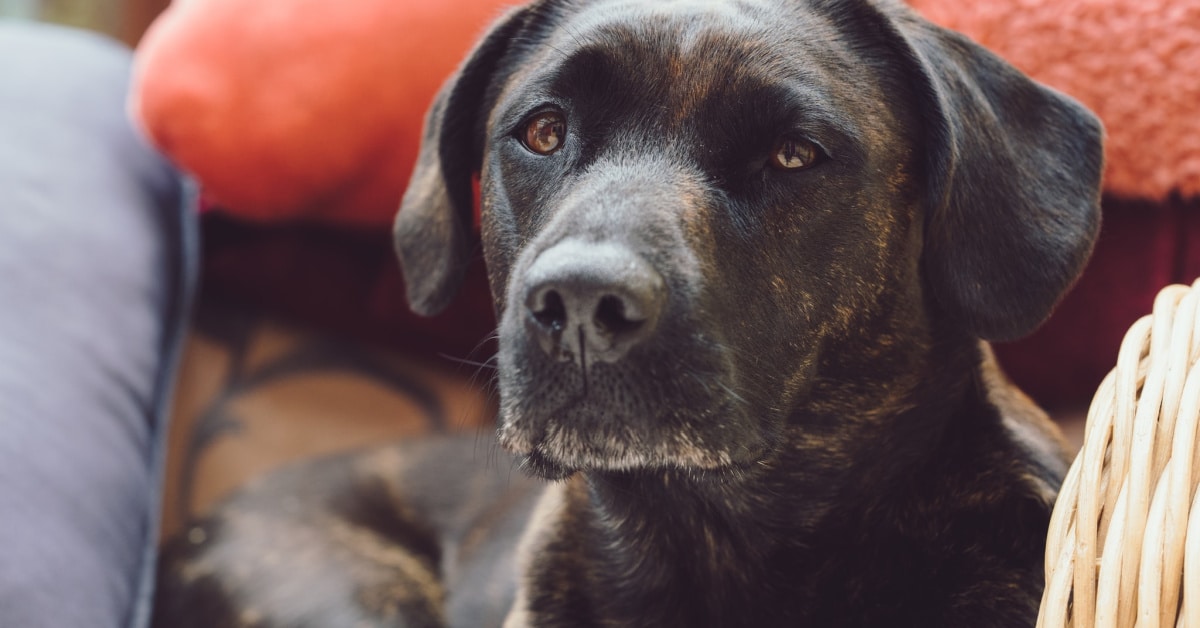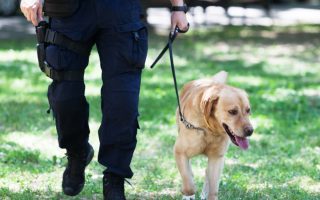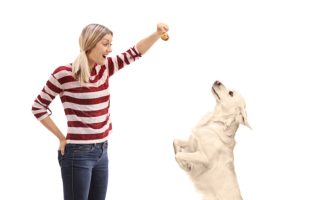Teaching your Labrador to do tricks can be very fun and interesting! If you want to teach your Labrador how to spin, you have a few options. We’ll take a look at five different ways to teach a Labrador puppy to spin in this article, although some methods might work better than others depending on the situation.

Though some pet owners might feel like teaching their Labs tricks doesn’t have any particular function, there’s a lot to be gained from teaching them simple tricks.
For this article, we will be discussing how you can teach your Labrador to spin.
Teaching your Lab to spin seems like an easy task when you think about it in theory. But doing so in practice can take time and patience (a lot of it).
Some dogs will be able to grasp the trick after just a couple of training sessions. But there is no set time frame as to how long your Lab will need to learn the trick.
Thus, it is important to start off the training process with a positive outlook.
Teaching your Lab to spin is more than just the frivolous trick some people think it is.
In your time teaching them, you will learn much about how to communicate properly with your Lab and the best ways that you can teach them future tricks.
Plus, it’s not only that. The time you spend teaching your dog tricks should be a fun experience on both ends!
It’s a great way for you to spend time with your canine friend, and it provides an opportunity for them to exercise their thinking capacities.
Teaching your Labrador to spin
1) Entice them with a treat.
First, you should make sure that you have your Lab’s favourite treats on hand. These treats will provide the necessary motivation for your Lab to follow you.
You will need to entice your dog using the treat. Make sure that you get their attention and that they are in a standing position.
It is even better if your dog already knows how to stand on cue as this position is vital in teaching them how to spin.
Once you have your dog’s attention and they are already standing, hold up the treat above them and proceed to the next step.
2) Spin the treat in a large circle.
Next, you can then slowly move your hand in a large circle just above your dog’s head. Make sure that you have their attention during the entire period.
The goal here is to get them to follow your hand and turn in a circle. Of course, this will not happen instantaneously.
It will take some time for your Lab to understand what you are trying to teach them. Thus, just keep repeating the process.
Once your Lab follows your hand through a full rotation, you should praise them and give them a treat. Alternatively, you can also use a clicker to capture the trick and signify that this is what you would like them to do.
Repeat this several times until you can get them to follow you consecutively. Remember, you may not achieve this in a single session, or even two.
But you have to be patient and make sure to always shower your dog with praise whenever they get it right. Your dog thrives on your attention and your praise means just as much as the treats that you give them.
Once you can achieve slow spins properly, you can then proceed to the next step.
3) Add a cue.
The cue phrase you use depends on you. Generally, people use ‘spin around’ or ‘spin’.
Note that you should only add a cue when you are confident that your Lab already has the previous steps mastered. It will make the learning process much more streamlined and easier.
It’s a good idea to only mention the cue word or phrase when they are already following your hand, even if just partly.
Saying the cue before any action is taken will undermine the purpose of the training and will likely confuse your Lab.
Like with the first two steps, you should repeat this several times until your Lab understands what you want them to do when you say the cue.
You can take your time doing these repetitions and do small bursts of practice throughout the day.
Keeping your Lab engaged for a long time is challenging and short periods of training are bound to be more effective in the long run.
4) Add more spins
To make it more challenging and to provide additional opportunities for practice, you can require your dog to spin more than just once before they get the treat.
You can start asking for 2 or 3 more spins before giving them the goodie in your hand. This way, you can practice more without loading up too much on the sweets.
Additionally, this will also prepare them for the next step.
5) Less treats
By this point, when your Lab can spin around multiple times and consecutively when given the command, you can start cutting back on the treats.
In any case, you would not be relying on treats every single time you ask them to spin around. Use treats sparingly when your Lab has already grasped the nature of the training.
Even then, you should still praise them and show them your appreciation for what they are doing.
Although you should lessen the treats, you shouldn’t remove them entirely as it keeps the process engaging.
6) Change directions (optional)
If you want an additional challenge, you could also incorporate a change in direction to your spin cue. You could either instruct them to spin left or right.
However, this will take time. You will need to go over the steps again and use cues that apply to different directions.
Additional Tips
Now that you know how to teach your dog how to spin, let’s cover some of the additional tips that will be helpful throughout the teaching process.
1) Keep it short and engaging.
Keeping training sessions short and engaging is one of the best ways you can maximize your dog’s training capacity.
A dog’s attention span is highest during their middle years, as evidenced by this study.
If you are teaching a younger dog, you may need to keep sessions quite short so you don’t lose their attention and waste your time.
Short bursts of practice multiple times a day are much better than practising for an extended period of time.
2) Have fun.
It is important to make sure that both you and your dog have fun while you are teaching them tricks.
The end result is only half the benefit you get from teaching them something.
Much of what you gain comes from the trust, bond, and fun during the times you are training your dog.
As such, you should ensure that each training session is a positive experience and never use negative punishments on them if they cannot follow immediately.
4) Use a clicker.
A clicker is not a necessary tool in training your Lab. However, it will make the job much easier as you can use it in teaching your dog other tricks as well.
An alternative to using a clicker would be saying ‘yes’ whenever you want to capture a certain action. Hope this article helps in finding the right way to teach your labrador to spin.







